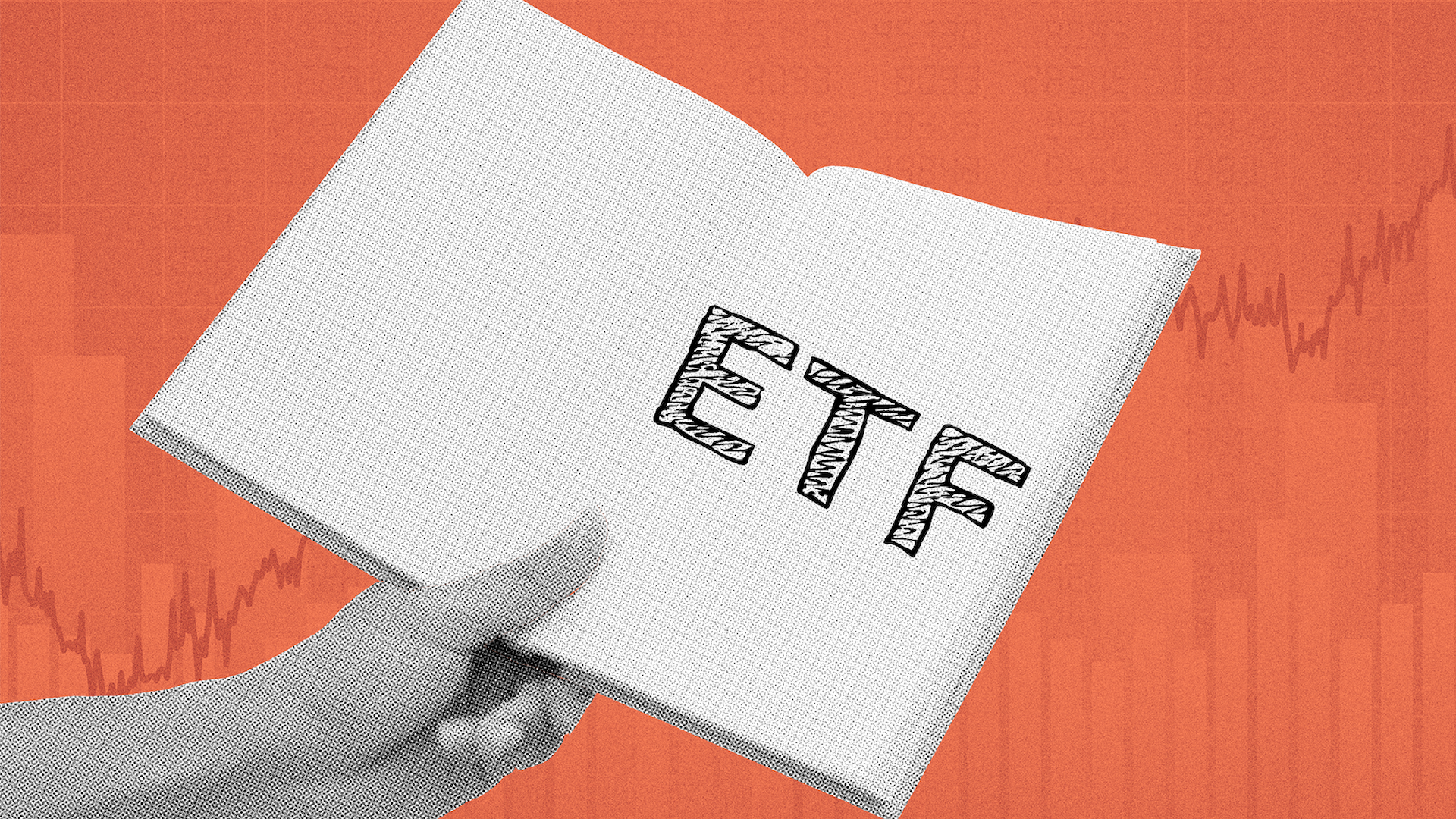Bitcoin ETFs: What are they and how do they work?
Reviewing your investment strategy is crucial.
If you periodically review your investment strategy and investment portfolio, you can make sure it’s still serving your financial goals.
Your investment objectives or circumstances can change over time, or you may decide that your focus has changed, and therefore your financial goals have too.
Common life events that can trigger a change in focus include the following:
- Career change, such as starting a new job with a different level of income, or starting a business
- Expenses change, such as buying or renovating a home, or shifting from a double to single income household
- Family change, such as having children, or having children finish or complete school
- Retirement, whether it’s planning ahead, entering retirement or downsizing
Regardless of any major life events, it’s good practice to review your investment portfolio on an annual basis.
This includes reviewing how you’re invested, what went well and what could have gone better in the past year, so you can determine what the best course of action is now.
These six tips may help to guide your review of your investment strategy and portfolio.
1. Review your financial goals: Goal-based investing
What are you looking to gain from your investment portfolio?
Are you looking for regular income, growth over the long term, or the ability to access your cash quickly?
If your financial situation and goals have changed, so too should your investment strategy and asset allocation.
Learn about setting your investment goals and your strategy.
2. Review your asset allocation: Strategic asset allocation
Once you’ve reassessed your financial goals, check if your current investment strategy and asset allocation are on track to help you reach those goals. They should also align with your risk tolerance and investing timeframes.
If you have a longer time-horizon, you may prefer to seek higher risk/higher return assets, such as shares or equities. If you’re starting to invest later in life, you may prefer lower risk/lower return assets, such as fixed income.
Learn about different risk profiles.
3. Review your diversification: asset class diversification
Alongside asset allocation sits diversification.
In a well-diversified portfolio, if one portion of the portfolio performs poorly over a certain period, this could be offset by the better performance of another part of your portfolio. So you are less likely to suffer a big loss across your entire portfolio.
Diversification within asset classes is also important. For example, within equities, you may consider diversifying by investing in sharemarkets in different regions and different industry sectors.
Incorporating ETFs in your investment portfolio is one way to navigate this pain point and simplify the decision-making process, given an ETF typically holds a basket of shares.
ETFs offer diversified exposure not only to equities, but also to cash, bonds, hybrids and commodities.
Betashares also offers a range of multi-asset, all-in-one diversified ETFs, with passively blended multi-asset portfolios across a range of different risk profiles.
4. Rebalance your investment portfolio
An extension of diversification being used to manage risk is portfolio rebalancing.
After investing for a while, with different portfolio holdings or asset classes moving, you may find your asset allocation mix may be too far off from your plan, changing the risk profile of your portfolio in the process.
Learn everything you need to know about portfolio rebalancing.
5. Review your investment fees
While you can’t control the markets, you can control the costs of constructing and maintaining your portfolio.
Spending less on management fees and brokerage means more of your investment’s return can flow to you, allowing more money to be reinvested and increasing your earnings potential over time.
Learn how to understand ETF management fees and how ETF fees compare to managed fund fees – the difference could be tens of thousands of dollars over the life of a 40-year investment.
6. Attend to investment tax matters
It is crucial to understand the tax implications of your investments.
ETFs as an investment vehicle typically have a relatively high level of tax efficiency compared to traditional actively managed funds as the amount of turnover within an ETF’s portfolio is generally lower.
To understand the action you need to take at the end of the financial year, refer to our ETF tax guide.
Each year, we publish a guide to help investors prepare their Australian tax return in relation to their Betashares investment.
This article contains general information only and does not take into account any person’s objectives, financial situation or needs. It is provided for information purposes only and is not a recommendation to make any investment or adopt any investment strategy.
It’s also important to note that Betashares is not a tax adviser and this information should not be construed as tax advice. You should obtain professional, independent financial and tax advice before making any investment decision or completing your tax return.
The relevant product disclosure statement (“PDS”) and Target Market Determination (TMD) for each Betashares fund is available on the Betashares website (www.betashares.com.au).



